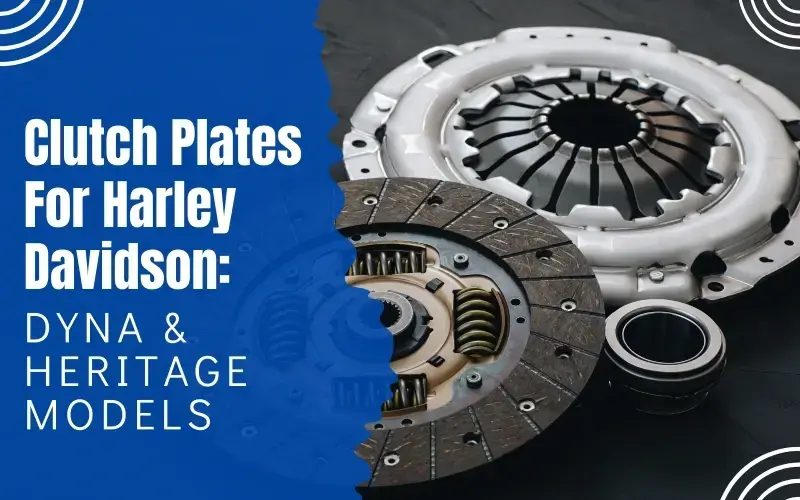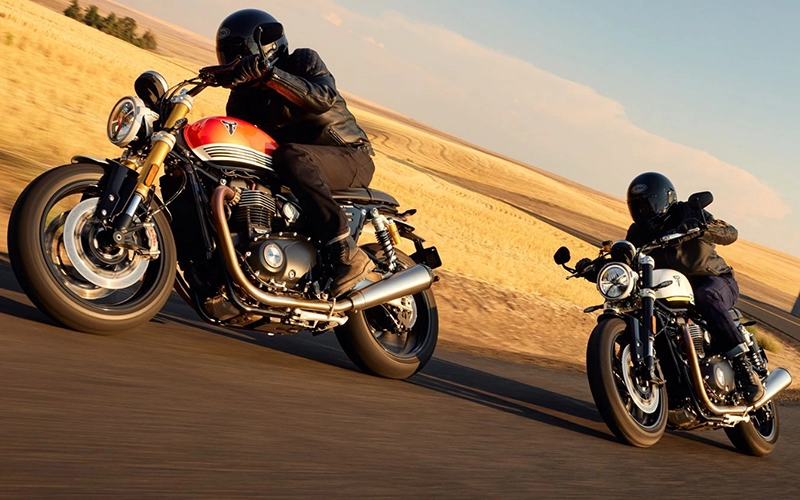There’s nothing quite like the first ride of spring. After months of cold, gray days, the sun is out, the roads are dry, and your motorcycle is calling. But before you twist the throttle and tear off into the season, there’s one thing you need to do—make sure your bike is road-ready.
Winter takes a toll on motorcycles. Even if you stored yours properly, dust settles, fluids degrade, tires lose pressure, and rust starts creeping in places you wouldn’t expect. Jumping on without a thorough check can lead to performance issues, unexpected breakdowns, or even safety hazards.
Spring maintenance isn’t just about keeping your bike in good shape—it’s about protecting yourself and making sure every ride is smooth, powerful, and problem-free. Let’s break down exactly what you need to do before you head out on the road.
Step 1: Give Your Bike a Thorough Wash and Inspection
After sitting through winter, your motorcycle is likely covered in dust, grime, and possibly even salt if you rode through colder months. A proper wash isn’t just about making your bike look good—it helps you spot rust, leaks, loose bolts, and other potential issues hiding beneath the dirt.
Start with a gentle motorcycle cleaner, focusing on areas where grease and road debris collect—around the wheels, chain, and under the seat. Rinse it down and dry thoroughly with a microfiber cloth or air blower to prevent water from settling in hard-to-reach areas.
As you wash, inspect everything closely. Look for signs of corrosion, cracks, or missing fasteners. If you notice any rust starting to form, address it immediately before it spreads.
Step 2: Test and Charge the Battery
Batteries take a hit during winter storage, especially if they weren’t maintained with a trickle charger. A dead or weak battery is one of the most common issues riders face in spring.
Try starting your motorcycle. If it struggles to turn over, your battery might need charging or replacement. Check for corroded terminals and clean them if necessary. If your battery is more than three years old, it might be time to replace it before it fails unexpectedly.
Step 3: Check Your Tires—They’ve Been Sitting All Winter
Your tires are your connection to the road, and winter can be brutal on them. Sitting for months leads to air loss, flat spots, and even dry rot.
First, check the tire pressure. Cold weather causes air to contract, so your tires are likely underinflated. Riding with low pressure reduces handling, increases wear, and makes blowouts more likely.
Then, inspect the tread depth. If the grooves look shallow or uneven, it’s time for new tires. Look closely for cracks, bulges, or sidewall damage—especially if your bike was exposed to cold temperatures. If anything looks questionable, replace the tires before you ride.
🔗 Check out high-quality motorcycle tires here.
Step 4: Change the Oil and Filter
Old oil breaks down over time, even if the bike hasn’t been ridden. Thick, degraded oil can lead to poor engine performance, overheating, and long-term damage.
If you didn’t change your oil before storing your bike, now’s the time. Replace both the oil and the filter to ensure your engine is properly lubricated and running smoothly. Don’t forget to check other fluids, like brake fluid and coolant, which can degrade over time as well.
Step 5: Inspect the Brakes—Your Safety Depends on It
Brakes are one thing you don’t want to discover are faulty when you’re already on the road. After months of sitting, brake pads can dry out, lose efficiency, or even become contaminated with moisture.
Squeeze the brake levers—do they feel firm and responsive, or soft and spongy? If they feel weak, check the brake fluid level and color. If it’s dark or low, it’s time for a fluid flush.
Next, look at the brake pads. If they appear too thin or worn, replace them. Also, check for rust on the rotors and calipers—if you see buildup, clean it off before it causes performance issues.
Step 6: Examine the Chain and Drive System
A dry or rusty chain can ruin your ride. Your motorcycle chain sits exposed to moisture and debris, and if it wasn’t properly lubricated before winter storage, it might have stiffened up or developed rust spots.
Check the chain’s tension and alignment—too tight and it can cause excessive wear, too loose and it might slip off. Clean off any dirt or old grease, then apply fresh chain lubricant to keep it running smoothly.
If your bike uses a belt or shaft drive, check for cracks, fraying, or signs of wear. A failing drive system can cause serious problems if ignored.
🔗 Get high-quality chain lubricants and parts here.
Step 7: Test the Lights and Electrical System
Spring means longer days, but you still need your lights working perfectly. Turn on your headlights, brake lights, and turn signals to make sure they’re functioning.
Dim or flickering lights could mean a failing battery or wiring issues. Also, check the horn—you might not use it often, but when you need it, you need it to work.
Step 8: Tighten Loose Bolts and Fasteners
Over time, vibrations and temperature changes can loosen nuts and bolts, leading to rattling parts or unsafe conditions.
Go over your bike with a wrench and screwdriver, ensuring that the handlebars, footpegs, exhaust, engine mounts, and mirrors are all tight and secure.
A few minutes spent checking fasteners can prevent unexpected breakdowns or dangerous situations down the road.
Step 9: Check the Suspension for Smooth Handling
Your suspension affects comfort, handling, and control. If your motorcycle sat through winter, the fork seals or rear shocks could have leaked fluid or lost pressure.
Press down on the front forks and rear suspension—they should compress smoothly and return without feeling too soft or too stiff. If the ride feels rough or bouncy, your suspension may need adjusting or servicing.
Step 10: Take It for a Test Ride
Once everything checks out, don’t just assume your bike is perfect—take it for a slow, controlled test ride first.
- Start in a safe area and listen for any unusual noises—rattling, clicking, or grinding could indicate an issue.
- Test the throttle, clutch, and brakes at different speeds.
- Make sure your handling feels smooth and responsive—if anything feels off, inspect the bike again before taking a longer ride.
Final Thoughts: Get Ready for the Best Riding Season Yet
Spring is the perfect time to get back on the road and enjoy the thrill of riding, but a little preparation goes a long way. A well-maintained motorcycle isn’t just safer—it performs better, lasts longer, and makes every ride feel incredible.
By following this spring maintenance checklist, you’ll ensure that your bike is in top shape, ready for everything from weekend cruises to long-distance adventures.
Need new motorcycle parts, fluids, or accessories to get your bike road-ready?
🔗 Explore AliWheels for top-quality motorcycle parts and gear.Now that your bike is in perfect condition, all that’s left to do is fire up the engine, grab your gear, and hit the road. Spring is waiting.










